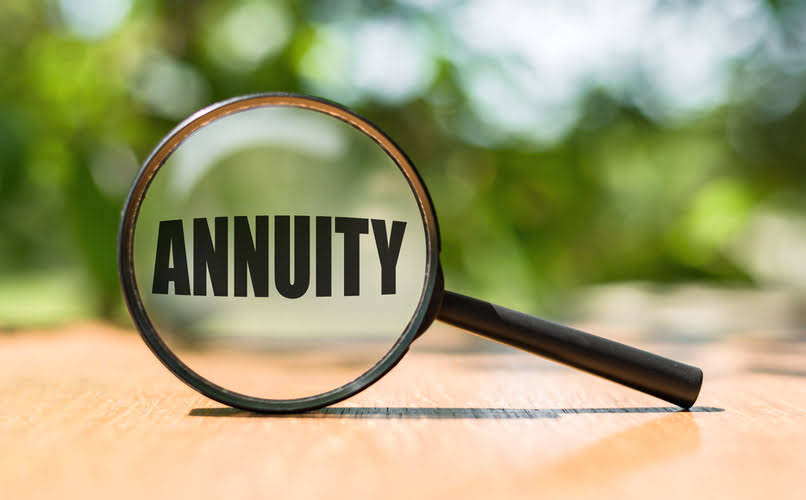
A balance sheet gives you a snapshot of your company’s financial position at a given point in time. Along with an income statement and a cash flow statement, a balance sheet can help business owners evaluate their company’s financial standing. For example, when your company’s current assets are more than its current liabilities, you’re likely in a good position to cover any short-term financial obligations.

Without this knowledge, it can be challenging to understand the balance sheet and other financial documents that speak to a company’s health. Whether you’re a business owner, employee, or investor, understanding how to read and understand the information in a balance sheet is an essential financial accounting skill to have. This account may or may not be lumped together with the above account, Current Debt. While they may seem similar, the current portion of long-term debt is specifically the portion due within this year of a piece of debt that has a maturity of more than one year.
Noncurrent assets include tangible assets, such as babyquest foundation land, buildings, machinery, and equipment. If the company takes $10,000 from its investors, its assets and stockholders’ equity will also increase by that amount. While stakeholders and investors may use a balance sheet to predict future performance, past performance does not guarantee future results. He doesn’t have a lot of liabilities compared to his assets, and all of them are short-term liabilities. Because the value of liabilities is constant, all changes to assets must be reflected with a change in equity. This is also why all revenue and expense accounts are equity accounts, because they represent changes to the value of assets.
What Is A Balance Sheet? (Example Included)
The information found in a company’s balance sheet is among some of the most important for a business leader, regulator, or potential investor to understand. The first is money, which is contributed to the business in the form of an investment in exchange for some degree of ownership (typically represented by shares). The second is earnings that the company generates over time and retains. Accounts Payables, or AP, is the amount a company owes suppliers for items or services purchased on credit. As the company pays off its AP, it decreases along with an equal amount decrease to the cash account.
The left side of the balance sheet outlines all of a company’s assets. On the right side, the balance sheet outlines the company’s liabilities and shareholders’ equity. A company can use its balance sheet to craft internal decisions, though the information presented is usually not as helpful as an income statement. A company may look at its balance sheet to measure risk, make sure it has enough cash on hand, and evaluate how it wants to raise more capital (through debt or equity). A bank statement is often used by parties outside of a company to gauge the company’s health. Employees usually prefer knowing their jobs are secure and that the company they are working for is in good health.
- It might seem overwhelming at first, but getting a handle on everything early will set you up for success in the future.
- But that example gets at the basic principle of the thing, which is to make sure your assets, liabilities, and equity are all balanced.
- If you were to take a clipboard and record everything you found in a company, you would end up with a list that looks remarkably like the left side of the balance sheet.
- Enter your name and email in the form below and download the free template now!
Additional paid-in capital or capital surplus represents the amount shareholders have invested in excess of the common or preferred stock accounts, which are based on par value rather than market price. Shareholder equity is not directly related to a company’s market capitalization. The latter is based on the current price of a stock, while paid-in capital is the sum of the equity that has been purchased at any price. Shareholder equity is the money attributable to the owners of a business or its shareholders. It is also known as net assets since it is equivalent to the total assets of a company minus its liabilities or the debt it owes to non-shareholders.
Using an accountant costs the most but comes with the least amount of risk—after all, an accountant is much less likely to make a balance sheet mistake than the rest of us are. (At least, they’d better be; that’s what we pay them for, right?) Plus, if a calculation is off, the liability lies with your accountant, not with you. Owners’ equity, also known as shareholders’ equity, typically refers to anything that belongs to the owners of a business after any liabilities are accounted for. External auditors, on the other hand, might use a balance sheet to ensure a company is complying with any reporting laws it’s subject to. Typically, a balance sheet will be prepared and distributed on a quarterly or monthly basis, depending on the frequency of reporting as determined by law or company policy. Here’s everything you need to know about understanding a balance sheet, including what it is, the information it contains, why it’s so important, and the underlying mechanics of how it works.
When you own a business, it’s important to be an accurate bookkeeper. You might be required to maintain books and prepare a balance sheet for your company for tax, legal and/or regulatory purposes. In addition, you might want to voluntary prepare a balance sheet to help you monitor the assets, liabilities and net worth of your company. Knowing how to prepare or read and understand a balance sheet is a critical skill for all small business owners. A balance sheet is part of your company’s financial statements which also include the income statement, the how to calculate direct labor cost statement of shareholder’s equity and the cash flow statement. For example, the balance sheet is connected to the cash flow statement as the cash balance that appears on the balance sheet is the ending balance used in the cash flow statement.
Step 1: Determine the Reporting Date and Period
While an asset is something a company owns, a liability is something it owes. Liabilities are financial and legal obligations to pay an amount of money to a debtor, which is why they’re typically tallied as negatives (-) in a balance sheet. It is crucial to remember that some ratios will require information from more than one financial statement, such as from the income statement and the balance sheet.
Likewise, its liabilities may include short-term obligations such as accounts payable and wages payable, or long-term liabilities such as bank loans and other debt obligations. This balance sheet also reports Apple’s liabilities and equity, each with its own section in the lower half of the report. The liabilities section is broken out similarly as the assets section, with current liabilities and non-current liabilities reporting balances by account. The total shareholder’s equity section reports common stock value, retained earnings, and accumulated other comprehensive income. Apple’s total liabilities increased, total equity decreased, and the combination of the two reconcile to the company’s total assets. The balance sheet is a very important financial statement for many reasons.
We and our partners process data to provide:
HBS Online does not use race, gender, ethnicity, or any protected class as criteria for enrollment for any HBS Online program. Liabilities may also include an obligation to provide goods or services in the future. It can be sold at a later date to raise cash or reserved to repel a hostile takeover. Retained earnings are the net earnings a company either reinvests in the business or uses to pay off debt. The remaining amount is distributed to shareholders in the form of dividends.
Great! Hit “Submit” and an Advisor Will Send You the Guide Shortly.
This will make it easier for analysts to comprehend exactly what your assets are and where they came from. Shareholders’ equity belongs to the shareholders, whether public or private owners. Current liabilities refer to the liabilities of the company that are due or must be paid within one year. Liabilities are few—a small loan to pay off within the year, some wages owed to employees, and a couple thousand dollars to pay suppliers. Returning to our catering example, let’s say you haven’t yet paid the latest invoice from your tofu supplier. You also have a business loan, which isn’t due for another 18 months.
Below is an example of a balance sheet of Tesla for 2021 taken from the U.S. Share capital is the value of what investors have invested in the company. Chase offers a variety of business savings accounts including Total Savings, Premier Savings and a business CD. Compare savings accounts and find the right business savings account for you.
A balance sheet provides a snapshot of a company’s financial performance at a given point in time. This financial statement is used both internally and externally to determine the so-called “book value” of the company, or its overall worth. When a balance sheet is reviewed externally by someone interested in a company, it’s designed to give insight into what resources are available to a business and how they were financed. Based on this information, potential investors can decide whether it would be wise to invest in a company.
When setting up a balance sheet, you should order assets from current assets to long-term assets. Long-term assets can’t be converted immediately into cash on hand. They’re important to include, but they can’t immediately be converted into liquid capital.



